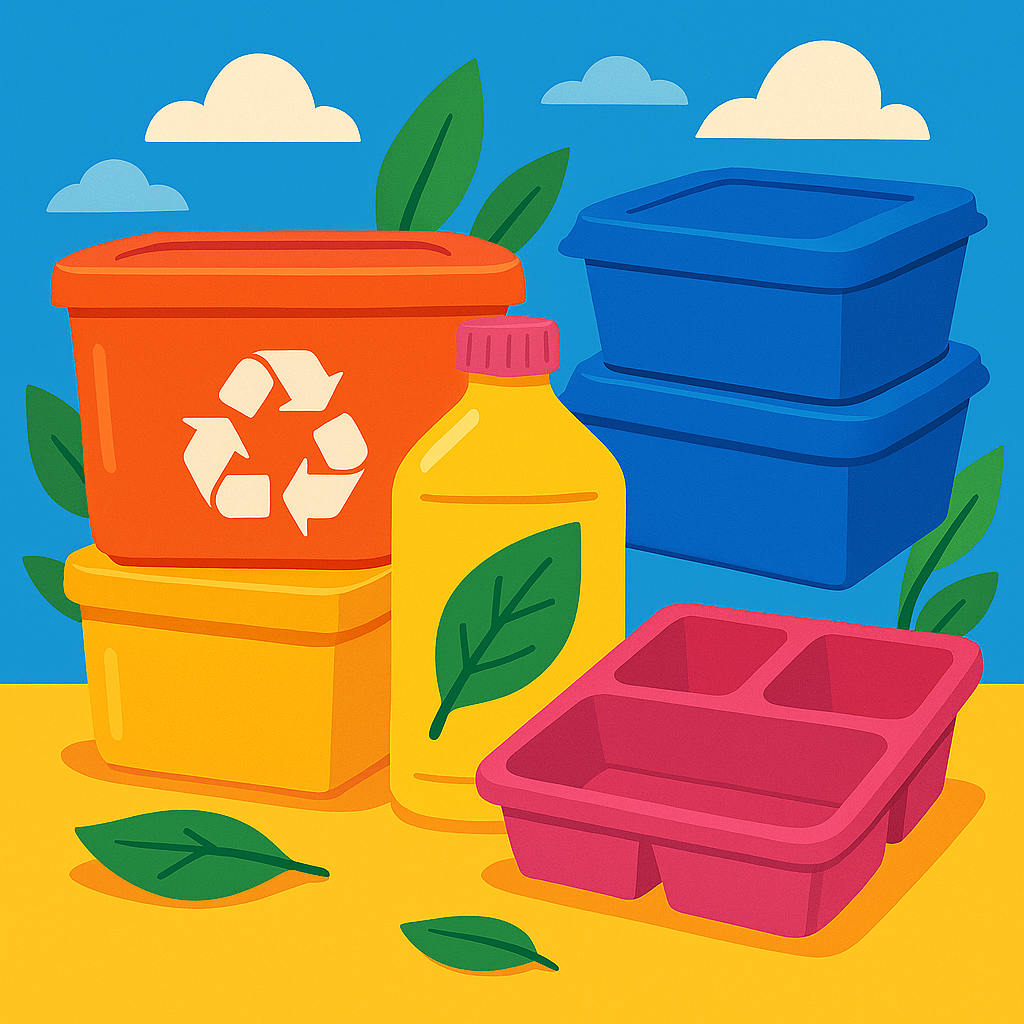With the ongoing campaign against plastic waste, there is an increasing rise of green options to traditional plastics in the form of recycled and bio-based plastic receptacles. However, why are they so significant, and how are they fundamentally different from the traditional choices? Can they be worth the price?
This blog discusses environmental advantages, main dissimilarities, and even possible expenses of the sustainable containers, providing some viable recommendations to change them. Find out how you can make an effective change in this world by selecting eco-friendly packaging when function and convenience are not sacrificed. Look for online shops to buy plastic storage containers in South Africa.
Why Should We Choose Recycled and Bio-Based Plastic Items?
The advantages of the conversion to recycled and bio-based plastics are both environmental and business-wise.
- Considering the amount of plastic pollution that occurs in oceans every year (more than 8 million tons), recycling materials allows for minimizing waste and preventing the overfilling of landfills.
- Bio-based plastics, which are derived from plants such as corn or sugarcane, have smaller emissions, and the plastic recycling does not use as much energy as producing a new one.
- People are also becoming environmentally friendly- 72 percent like eco-friendly packaging.
- Governments across the world are banning the use of single-use polymers, and therefore, improving it early can offer protection to the brands against future pressures of government regulation whilst achieving sustainable long-term customer loyalty and trust.
Differences Between Normal Plastic Items and Bio-Based Items
Regular plastic is created with petroleum, and over more than 500 years is capable of degrading and demonstrating a vast carbon footprint. Post-consumer waste is turned into recycled plastic, which is not biodegradable, but can be reused after treatment with a moderate impact on the environment and slightly lower strength. Bio-based plastics, such as those made out of corn or sugar cane, have different durability and could be compostable and provide a low to neutral carbon footprint. But they are most likely to be the costly one among the three.
Check out The Price Range
Normal plastic containers are the cheapest, as one costs between 0.10 and 0.50 dollars. There are recycled plastic containers that cost between 0.20 – 0.70, whilst bio-based ones might be at 0.50-2 dollars per container. Green decisions may be more expensive in the short run, but they save in the long run by reducing the amount of money spent on waste and attracting environmental conscious customers.
Learn about the Challenges and Solutions
- Environmentally friendly containers are usually more expensive and have limited supply, in addition to sporadic performance problems.
- To save money, companies can purchase in large quantities, apply to obtain green business grants, or they can offer low-cost adjustments to customers who are environmentally concerned.
- The supply problem can be solved by approaching such special suppliers as Eco-Products or World Centric. Before buying plastic storage containers in South Africa, make sure to consult with an expert.
- To guarantee quality, look at certifications such as ASTM D6400 and user reviews to determine whether durability and compostability will be underserved in your operations.
Recycled and bio-based plastic container migration is not just a matter of fashion, but a necessary measure for a cleaner world. I have to recognize that it is a smart and responsible thing to do, in the long run, even though it is more expensive and the supply is limited.



